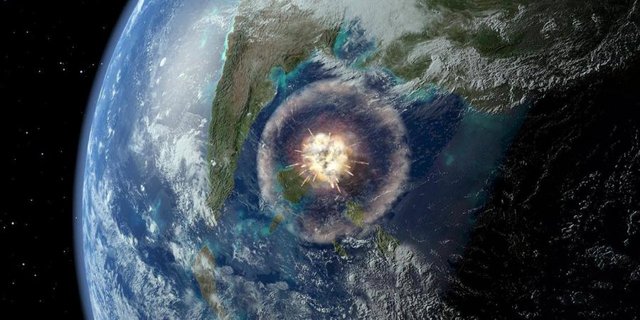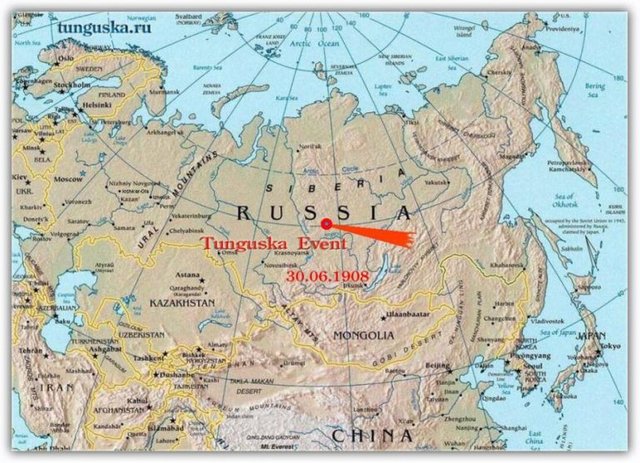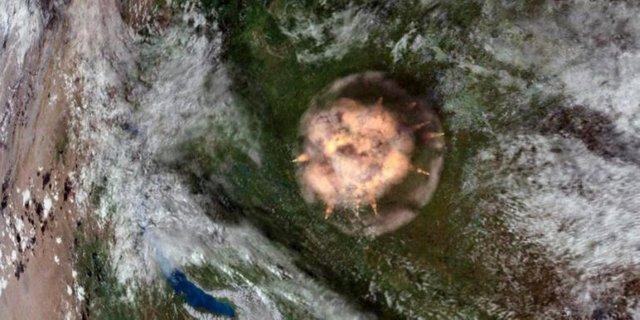More than a century ago, a fireball greater than the atomic bomb exploded in the air in Siberia, leaving little trace of its occurrence on Earth.

On June 30, 1908, an explosion tore through the sky above an isolated forest in Siberia. It flattened about 80 million trees and killed hundreds of deer.
For a blast 1000 times more powerful than the atomic bombs dropped on Hiroshima and Nagasaki, only one casualty was apparently reported. No crater was ever found, leading the mysterious explosion to be named after a river in the area, Tunguska.
Luckily, the Tunguska event occurred in a sparsely inhabited part of central Siberia. One deer hunter reportedly died after being blown into a tree and people approximately 60 km from the blast’s epicenter were thrown off their feet.

Photo: Facebook
Witnesses in surrounding neighborhoods saw a fireball blazing across sky. The “flying star” is believed to have been 50-100 meters wide.
“The sky split in two and fire appeared high and wide over the forest. The split in the sky grew larger, and the entire northern side was covered with fire. At that moment I became so hot that I couldn’t bear it, as if my shirt was on fire… I wanted to tear off my shirt and throw it down, but then the sky slammed shut. A strong thump sounded, and I was thrown a few yards.”
– Local resident
No one ventured into the area to investigate what happened until 1927 when a mineralogist named Leonid Kulik led a team to investigate. He did not discover any meteorite fragments nor did he come across a crater.
This initial journey to the site of this mysterious blast formed the hypothesis that it was caused by an incoming meteoroid or comet. It exploded in the atmosphere instead of crashing into Earth, making it known as an air burst.

Photo: Facebook
During an expedition in 1958, tiny remnants of silicate and magnetite in the soil was found, supporting the claim that a meteor had indeed missed Earth and exploded in the atmosphere. However, the peculiarity of the event has led people to come up with bizarre alternative theories. Some suggested it was a lump of anti-matter, a colliding black hole or even an exploding alien spaceship.
Much of the continued speculation and study of the Tunguska event stems from it being the first of its kind. It is described by researchers as a “megaton” event due the the amount of explosive energy it carried, equivalent to around 185 Hiroshima bombs.
While small meteoroids come into the Earth’s atmosphere daily, larger ones are much more rare. Geologist Eugene Shoemaker estimated that events on the scale of Tunguska happen approximately once every 300 years.
Great topic for a post. It caught my attention because I learned about this event not too long ago. My son and I got a book from the library filled with weird, mysterious events and myths from history. It had things like the Lochness Monster, Bermuda triangle, and this--the Tunguska event. Thank god it took place in an uninhabited area (at that time)! Can you imagine something like this over New York or L.A.? Disaster!
Downvoting a post can decrease pending rewards and make it less visible. Common reasons:
Submit